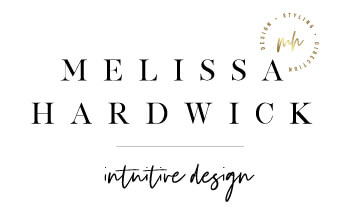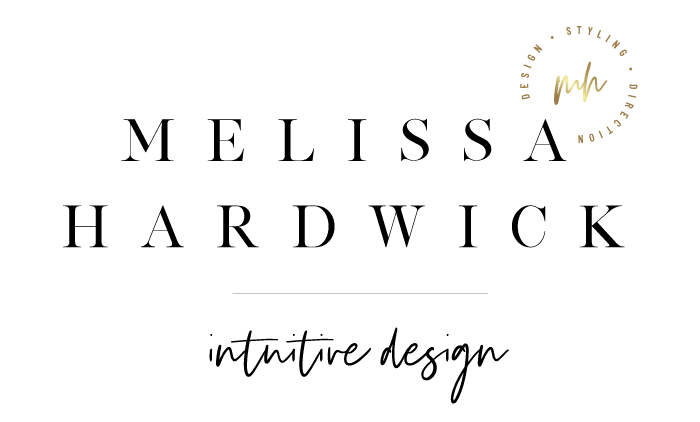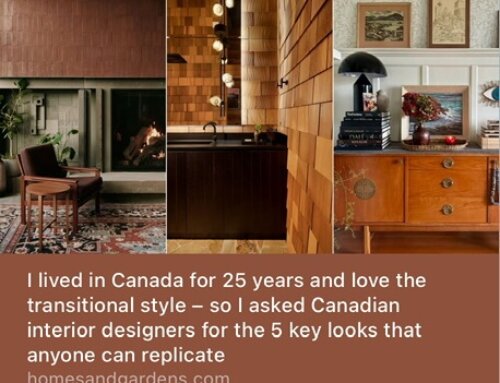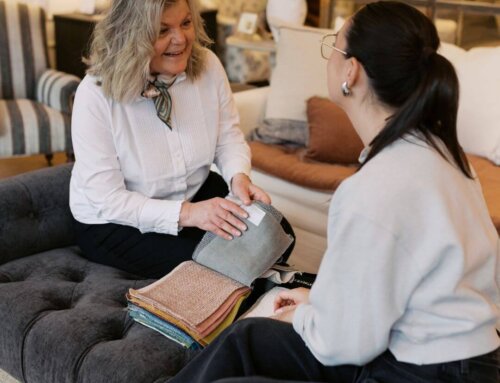At the intersection of our Mental Health & Creativity, are emotions, perceptions and perspectives in how we process. As a result of our current challenging times, I want us to look at the importance of helpful navigation through interior design elements.

Cause & Effect
Everyday our mental health is impacted. We all have heavy work schedules, work in isolation or in stressful situations. This overstimulation can leave us sensitive, unmotivated and low.
We should ask ourselves “How does my familiar surroundings impact me?” “Where do I spend my time?” “How do I feel there?” “Why?” Because, we are wired to respond to Environments. Our environments should positively promote efficiency, intimacy and productivity.
Does yours?

For your consideration: the long-standing practices of hygge, feng shui, and fika and therapies of colour and light, as well as newer concepts like biophilic design. Here is a helpful rundown:
Hygge
Danish in origin, it is the practice of creating coziness and contentment in your environment. Ideally, a concept that evokes warmth by surrounding yourself with the things that make life good. Hygge practice can be with food, friends, warmth or light. It is a way of creating sanctuary.

Feng Shui
Chinese in origin, it is the traditional practice of creating harmony in a space by balancing the energy forces in your surrounding environment. Here is a concept of spatial planning or orientation and placement. Feng Shui is a belief and practice to connect with and be mindful of your spirit, body, home, land, community, and this planet.

Fika
Swedish in origin, is a lifestyle concept or state of mind and attitude and it means to make time for friends and food. Essentially it is a gathering ritual. Fika requires one to pause-refresh and strengthen relationships. Being intentional with Fika requires you to slow down, and genuinely get back in touch with yourself and those around you.

Colour Therapy
Colour has long been used to promote positive mental health in environments. Colours themselves emit different types of energies. When balanced, colours promote good mood, relieve stress, assist with enhanced mental health and create a healing environment.

Light Therapy
To effectively incorporate light therapy, the use of natural and artificial light should be used. Additionally, when light is used with colour found in walls, wallpaper and art, the combination creates varying wavelengths of beneficial energy. Light from open spaces- negative and positive space, can also improve mood. (Avoid fluorescent light when possible, as it is very harsh.)

Biophilic Design
Green design or plant filled spaces help boost well being, reduce stress, decrease health complaints, reduce physiological and psychological stress! Foliage for the win!!

Kon Mari Method
Japanese in origin, and recently coined and created by Marie Kondo. A philosophy of how decluttering and optimal organization can help you keep your mind clean and organized thereby your life becomes tidy.

Minimalism
Clean lines, open spaces and a small selection of carefully curated, meaningful objects are the keys to a calming living space.
It is in details that we can transform our space, thus our emotional and mental response to it.

How we decorate is often a representation of our state of mind, states Architecture Theorist, Kate Wagner. An open space = an open mind.

Emotional Attachment
Give priority and new life to objects recently acquired or purchased. A prominent placement of cherished items will restore value and bring a new lease to both the space and the owner.

Weight
Consider the connection to larger and heavier pieces of furniture. While these remain in situ, they may also be indicative of weight in mental burden or stress. Moving, removing or replacing big pieces with lighter, smaller ones, can help revitalize and invigorate your state of mind. As a result, when switching out furniture to more modern and uplifting forms, it will encourage freedom of movement, flexibility in planning and simplicity in design and navigation.

Spatial Planning
Flow is important to overall function and aesthetic. Movement in your space and creating a clear and unobstructed pathway is applicable to how our mind works as well.

Long term health
Release the stress and remove the clutter by cleaning and organizing. This is both therapeutic and empowering. New spaces can be carefully curated to reflect your distinct personal style and suit your needs. Benefits of hiring a Design Professional: 1) assess your space and create connection to and within your surroundings, 2) marks the principles of well-designed and 3) delivers on a balanced and intuitive home. This fresh environment produces positivity, better mood and even better self image.
I want you to have the tools in place that facilitate organization, and provide uplifting vibes to your psyche. Significant changes can transpire how you live and use your space when items are intentional, personal and functional and intimately designed to bring joy.

Positive mental health is a lifelong investment and mindful Designers understand this.
Seek a Designer whose focus is on building healthy relationships and long term happiness for their clients. They’re out there … https://melissahardwick.com




